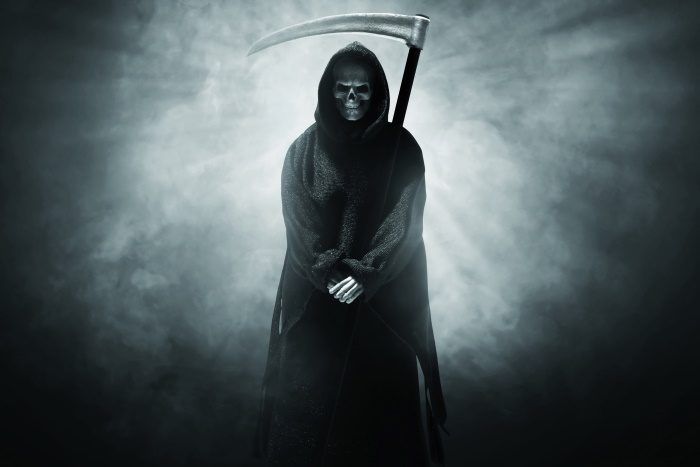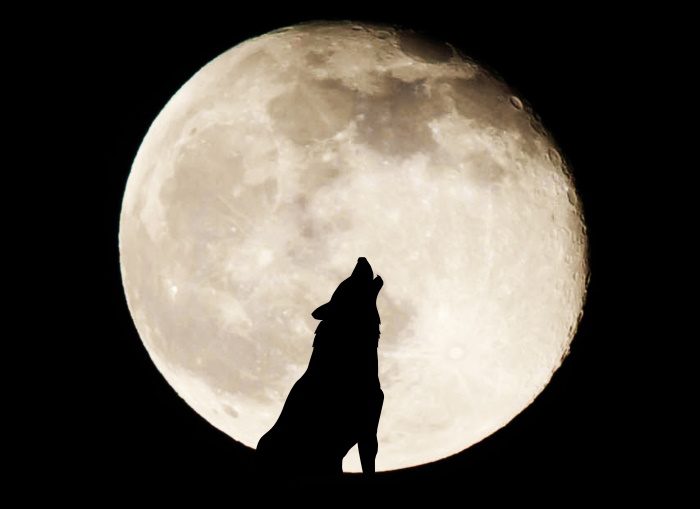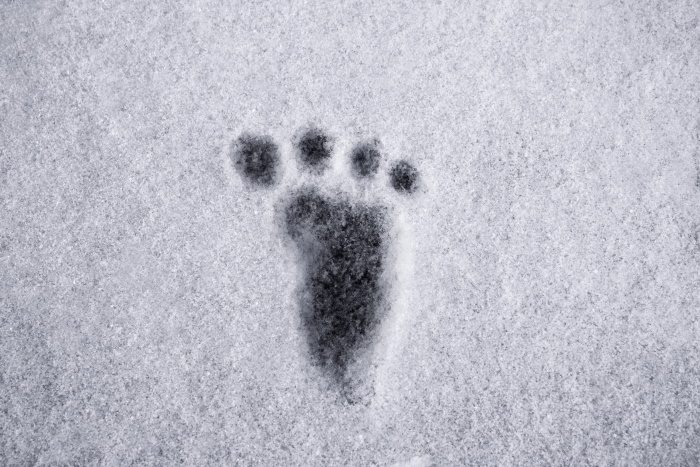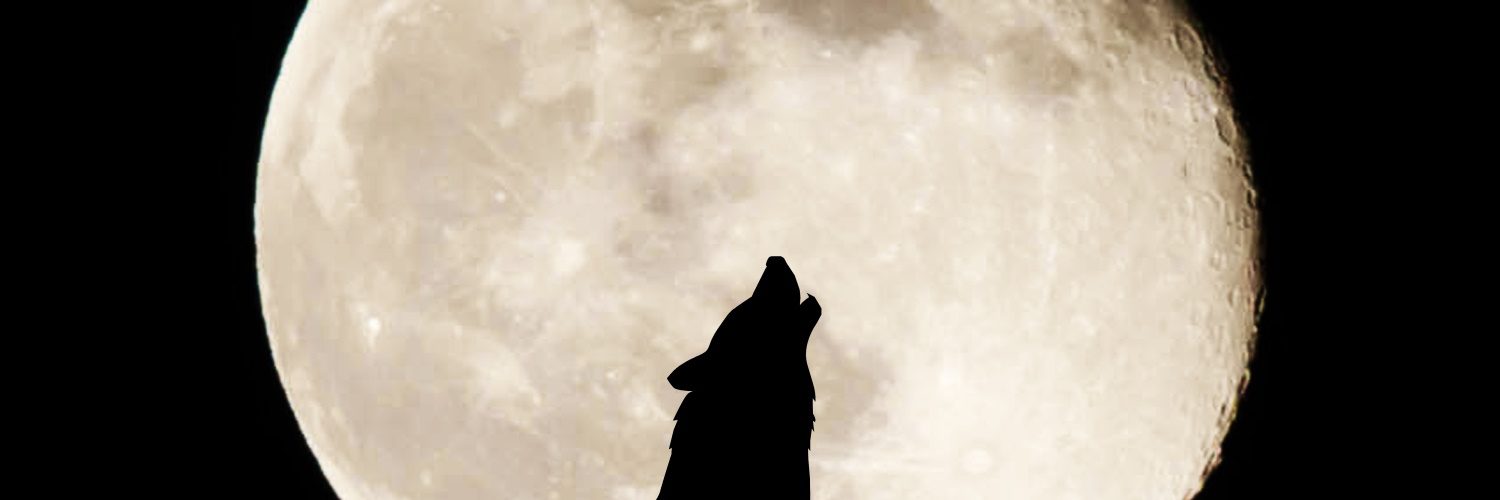With Halloween creeping up on us, we’ve decided to look into where some of the world’s most iconic unworldly or supernatural creatures originated from. Despite their links to pop culture and media, many of the monsters that we see during the Halloween season are rooted in folklore and mythology. Read on if you dare…
Strigoi, Romania
Originating in Romanian folklore, strigoi are immortal creatures who have risen from the grave. While the most famous depiction of a vampire is Count Dracula, it has been said that the tale of Dracula was largely based on strigoi. Akin to recent interpretations of vampires, strigoi feast upon the blood of mortals, can turn invisible and are able to transform into animals. Much like vampires, garlic is believed to deter strigoi and can even be used to kill these otherwise immortal beings when placed underneath their tongues. While strigoi are largely believed to be a myth, some people do believe they roam the earth, and go to extra lengths to prevent their loved ones from coming back from the dead as one of these monstrous creatures.

The Grim Reaper, England
Thought to be the image of death itself, the Grim Reaper first originated in England in the 1800s and its name was initially referenced in a book titled The Circle of Human Life, which was published in 1847. The Grim Reaper is generally portrayed as a skeletal figure, dressed in a dark, oversized cloak and carrying a scythe. Legend suggests that this shadowy character was born out of great evil, symbolises death, and watches over humans before coming to collect their souls once they have passed over. It is specifically linked to the Black Death, due to the speed at which people died during this time.

Lycanthrope, Greece
A lycanthrope is a prominent figure in folklore, more commonly referred to as a werewolf in modern times. Despite often featuring as popular characters in supernatural films and books, lycanthropes date back to roughly 2,100 BC and are present in tales of Greek mythology. It is believed that the original lycanthrope was created by Zeus when he turned Lycaon and his children into wolves after Lycaon attempted to offer human flesh to Zeus. This being said, the majority of people who follow Hellenism do not believe in lycanthropes.

Trolls, Norway
Trolls date back to Norse mythology, and are prominent in Nordic children’s stories and fairytales. These supernatural beings were first mentioned in The Prose Edda, which is a Norse mythology book. While the appearance of trolls have changed over the years, these creatures began as beings similar to man, though far uglier, less intelligent, more dangerous and incredibly large. Trolls were originally rumoured to live in castles, only venturing outside during night when then they would enter nearby towns and terrorise civilians. However, the legend of trolls later saw them living under bridges, in forests or in caves and being far smaller and less harmful than they were originally portrayed to be.

Yeti, Himalayas
The yeti is a man-like creature said to be covered in a layer of thick white fur and stand between six- to ten-feet-tall. The legend of the yeti is derived from Himalayan folklore and there have been a number of alleged sightings from intelligent sources, including an archaeologist, a professor of Tibetan culture, a chemistry professor and an explorer. The majority of these individuals reported seeing large-scale footprints within the snow that they didn’t believe to be that of a human or an animal, but that of a yeti. This was later debunked and after taking samples, scientists are far more convinced that the creature that left the evidence was likely a brown or black bear. This being said, many of those local to the area remain convinced of the yeti’s existence.






